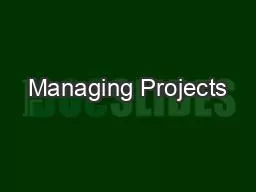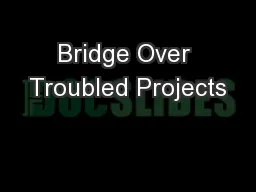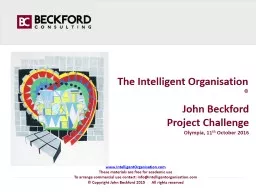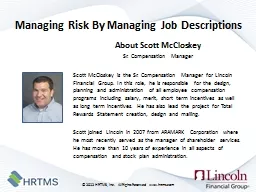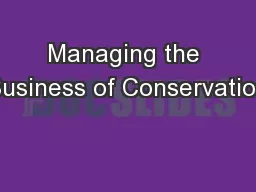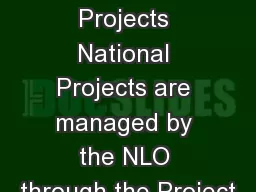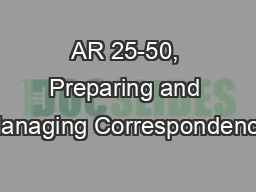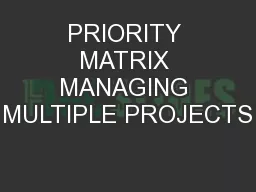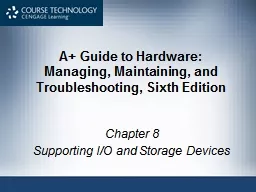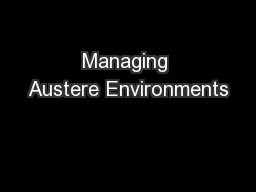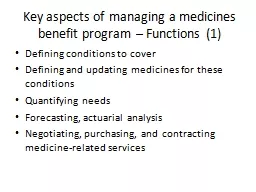PPT-Managing Projects
Author : reportssuper | Published Date : 2020-08-26
Management Level Paper E2 Project and Relationship Managemen t Lecture 027 Vidya Rajawasam ACMA CGMA MBA Managing Projects In the previous lecture we have
Presentation Embed Code
Download Presentation
Download Presentation The PPT/PDF document "Managing Projects" is the property of its rightful owner. Permission is granted to download and print the materials on this website for personal, non-commercial use only, and to display it on your personal computer provided you do not modify the materials and that you retain all copyright notices contained in the materials. By downloading content from our website, you accept the terms of this agreement.
Managing Projects: Transcript
Download Rules Of Document
"Managing Projects"The content belongs to its owner. You may download and print it for personal use, without modification, and keep all copyright notices. By downloading, you agree to these terms.
Related Documents

